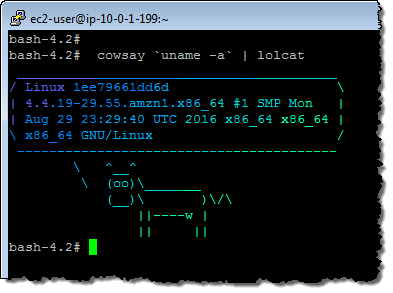Internet fast lane for first responders
Time is the enemy of first responders, and communication delays can cost lives. Unfortunately, during natural disasters and other crises, communications — both cellular and internet — are often overloaded by friends and family reaching out to those in affected areas. That extra network traffic has in the past impacted the ability of first responders send and receive data.
Researchers at the Rochester Institute of Technology are testing a new protocol — developed with funding from the National Science Foundation and U.S. Ignite — that will allow first responders and emergency managers to send data-intensive communications over the internet regardless of the amount of other traffic eating up the available bandwidth.
The protocol — dubbed MultiNode Label Routing, or MNLR — runs below existing internet protocols, allowing other traffic to run simultaneously. Rather than using traditional transmission protocols, it uncovers routes based on the routers’ labels, which in turn carry the structural and connectivity information among routers.
It also features an immediate failover mechanism so that if a link or node fails, it uses an alternate path as soon as the failure is detected, which also speeds transmission.
According to Nirmala Shenoy, professor in RIT’s Information Sciences and Technologies Department and principal investigator of the project, the protocol is designed to give transmissions over MNLR priority over other traffic so that critical data isn’t lost or delayed. “Because MNLR literally bypasses the internet protocol and other routing protocols, it can put other traffic on the Internet to a lower priority,” she said.
According to the RIT team, the protocol’s ability to prioritize transmissions solves problems encountered during recent major hurricanes when first-responders and emergency managers had difficulty transmitting large but critical data files such as LIDAR maps and video chats.
“Sharing data on the internet during an emergency is like trying to drive a jet down the street at rush hour,” Jennifer Schneider, RIT professor and co-principal investigator, told RIT news. “A lot of the critical information is too big and data heavy for the existing internet pipeline.”
Another communications challenge during disasters is damage to network routers. Accordingly, the team built capabilities into the MNLR protocol to get around routing limitations of the major existing internet protocols. Specifically, the team included a faster failover mechanism so that if a router link fails, the transmission will be automatically rerouted more quickly than existing protocols support. In testing the protocol during a link failure, the team found that MNLR recovered in less than 30 seconds, while Border Gateway Protocol required about 150 seconds.
While the team is continuing to refine the protocol, Shenoy acknowledged that deployment of MNLR will face two hurdles. First, the protocol has to be broadly adopted into current routers. “That depends on equipment vendors,” she said.
Secondly, heavy use of MNLR during an emergency will impact other internet traffic. While most service providers and even customers are likely to be OK with that, service agreements will likely need to be modified to account for variable service during emergencies.











